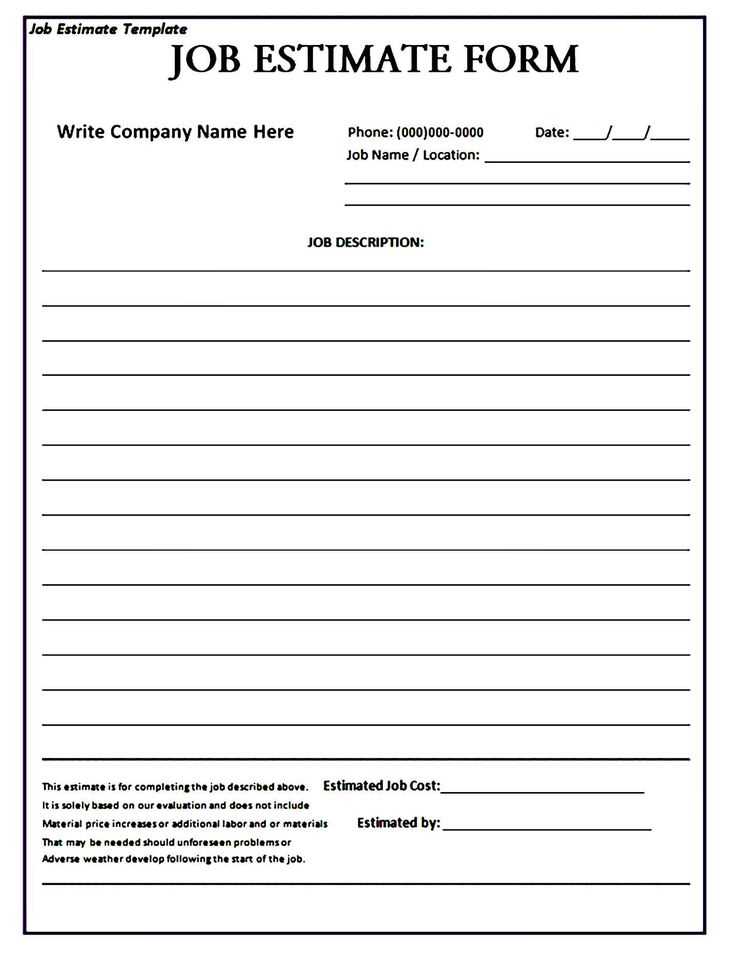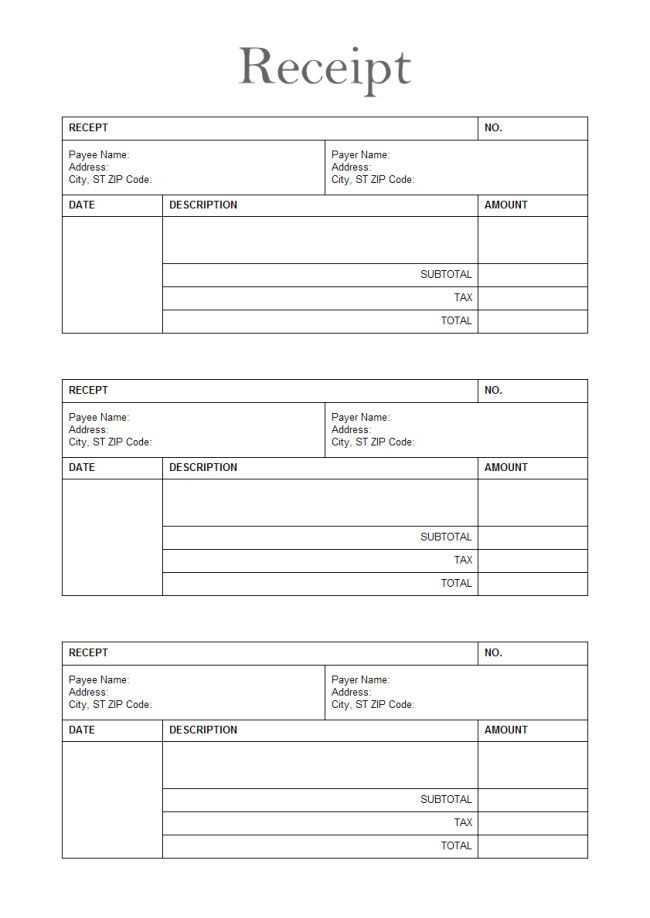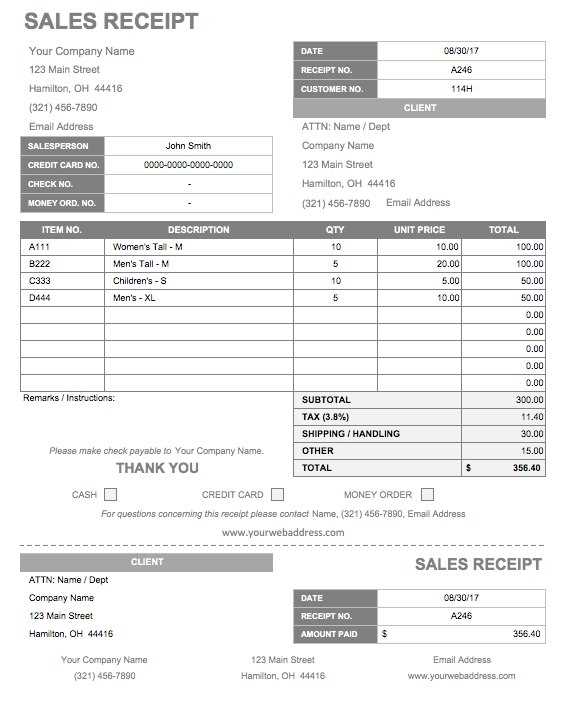
Creating a clear and professional receipt template for radon testing helps ensure transparency and accuracy in documenting the results of radon inspections. A well-structured receipt not only confirms the completion of testing but also provides the necessary details for future reference or legal requirements.
Include the date of the test, the name of the testing company, and the address where the test took place. Specify the type of radon test conducted (e.g., short-term or long-term) and the equipment used. Detailing the radon levels detected is critical, with clear notations on whether they exceed safe limits or not. This allows both the client and authorities to take prompt action if necessary.
It’s also helpful to list the total cost of the testing service, breaking down any fees for analysis, equipment, and labor. Offering a payment method section and a thank you note at the end can make the document more user-friendly and professional.
Here is the revised version:
For a clear and accurate radon testing receipt, follow these guidelines to ensure all necessary details are included:
- Service Provider Information: Always list the company name, address, phone number, and email. Ensure the contact details are easily accessible for follow-up questions.
- Testing Location: Include the full address where the radon testing took place, along with any specific room or area tested.
- Test Type: Specify the type of test conducted (short-term, long-term, or continuous radon monitoring). Include relevant details such as test duration and device used.
- Results: Present radon levels measured in picocuries per liter (pCi/L). Clearly state if levels exceed the EPA’s action level of 4 pCi/L.
- Test Dates: Record the start and end dates of testing to provide a clear timeline of when the test was conducted.
- Recommendations: If radon levels exceed the action level, provide a statement on recommended next steps, such as mitigation options.
- Pricing Breakdown: List the total cost of the service and itemize any specific charges (testing equipment rental, lab fees, etc.).
- Payment Information: Include the method of payment, transaction ID, and payment date for record-keeping.
Ensure that all these elements are organized clearly for easy reading and reference. This will help customers understand the results and take any necessary action based on the findings.
- Receipt Template for Radon Testing
When creating a receipt template for radon testing services, clarity and accuracy are key. This ensures both the customer and the service provider have a clear record of the transaction. Below are the critical elements to include in the template:
1. Service Provider Information
Clearly list the business name, address, phone number, and email. Include a professional logo if applicable. This information makes it easy for the customer to contact you for follow-up or inquiries.
2. Customer Details
Include the customer’s full name, address, and contact details. This is vital for identifying the location where the radon testing was conducted, particularly if you offer services to multiple properties.
3. Test Description
Provide a brief but detailed description of the radon testing service performed. Specify the type of test (e.g., short-term or long-term), the equipment used, and the method of measurement. Mention the specific areas of the property tested if relevant.
4. Date and Time
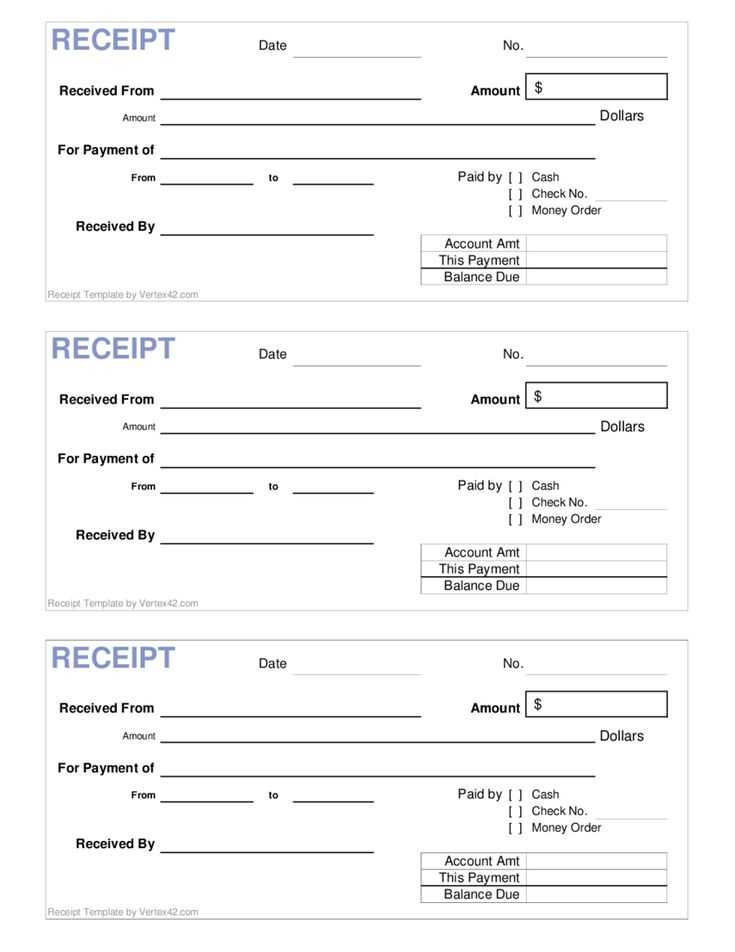
Always include the date of the radon test and the time it was performed. This helps establish a clear timeline for the service provided and can be useful for records or future comparisons.
5. Test Results (if available)
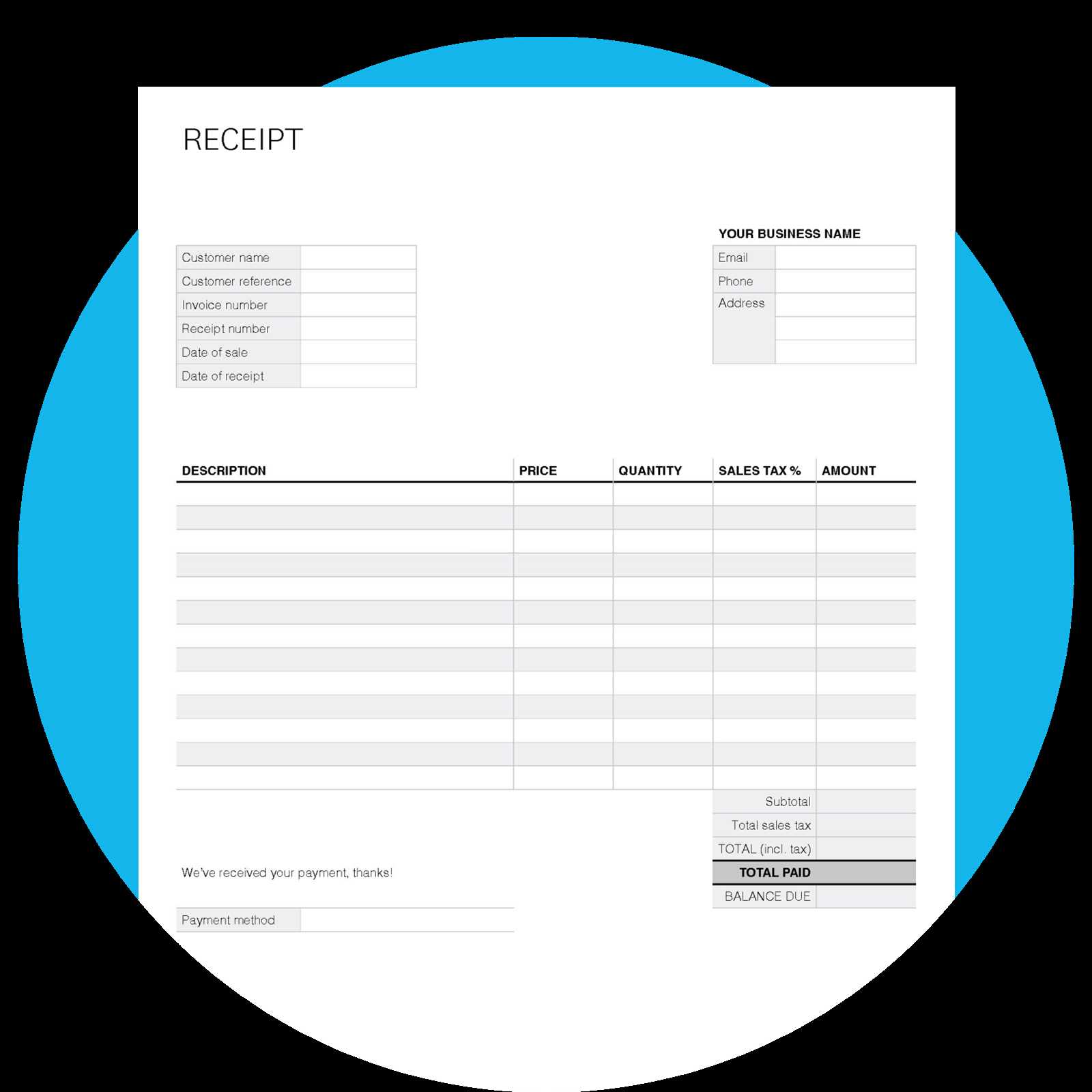
If results are ready at the time of the receipt, list them clearly. Include radon levels measured in pCi/L (picocuries per liter), and explain whether the levels are within acceptable limits according to local or national standards.
6. Pricing and Payment
Include a detailed breakdown of the pricing for the radon testing service, such as testing fees, travel charges, or additional costs (e.g., equipment rental). Indicate the total amount due and payment methods accepted. A note on payment status (paid, due, or outstanding) should also be included.
7. Terms and Conditions
If applicable, provide brief terms and conditions related to the testing service, such as the validity of results or warranty on equipment. If the receipt is for a deposit or prepayment, clarify the balance due upon service completion.
8. Contact for Further Information
Offer a point of contact in case the customer has questions about the testing process, results, or any other service-related inquiries. This ensures transparency and builds trust with the customer.
A well-structured receipt helps keep all parties informed and promotes smooth communication for future services or follow-ups.
Begin by outlining the key elements of the radon testing report that need to be included. Focus on providing clear and concise data that clients can easily understand. Include essential details such as the date of the test, the location of the property, the testing method used, and the results with clear measurements of radon levels.
1. Include Client and Property Information
Your template should have fields for client details like name, contact information, and property address. This helps personalize the report and makes it easier to reference in the future. Ensure this section is easy to fill out and doesn’t clutter the document.
2. Provide Radon Test Results and Interpretation
Clearly display the radon concentration measured in picocuries per liter (pCi/L). Include a simple comparison with the EPA’s action level (4 pCi/L). Provide recommendations based on the test results, such as follow-up testing or mitigation steps if necessary. Keep the wording clear, so the client easily understands the significance of the results.
Design your template with a professional, easy-to-read layout. Include placeholders for all required information and ensure the overall look is clean and organized. A well-structured template can be a time-saver, making it easier to fill out reports while maintaining consistency and professionalism.
Include the test type and method used, whether it’s short-term or long-term testing. This helps clarify the accuracy and expected duration of results.
List the date the test was conducted and the date of results. It’s important to know the testing period and when the results were finalized.
Record the address of the property where the test was performed. This verifies the location and prevents confusion with multiple tests.
Specify the test device or kit used for measurement, whether it was an electronic monitor, charcoal canister, or another approved device. This assures the recipient that standard protocols were followed.
Include the name and contact details of the testing service or technician who conducted the test. This gives the recipient a point of contact for any follow-up questions.
Document the test results in terms of radon concentration levels, typically measured in picocuries per liter (pCi/L). Make sure this is clearly stated for easy interpretation.
If any specific recommendations or actions are required based on the test results, such as mitigation suggestions, include them in the receipt. This provides clarity on next steps.
Ensure you accurately include the correct testing dates. Leaving out the start and end dates of the radon test can cause confusion and result in disputes over the validity of the results. Double-check this information before finalizing the receipt.
Double-check the details of the tested property. Incorrect addresses or missing unit numbers can lead to problems later, especially if tests are conducted on multiple properties. Always verify that the address matches the one on file.
Avoid omitting the tester’s credentials. If the tester’s qualifications are not listed, the receipt may lack credibility. Include any certification numbers or relevant professional designations to establish trust with your client.
Don’t forget to mention the type of test conducted. Whether it was a short-term or long-term test should be clearly stated. This helps clarify the results’ interpretation and their applicability in different circumstances.
Ensure the format and clarity of the test results. If you include the radon concentration levels, they must be easy to interpret and in the correct units, usually picoCuries per liter (pCi/L). Confusing or vague results may lead to misunderstandings or a lack of confidence in the report.
Check for any missing or unclear payment details. Without a clear breakdown of the costs, it’s harder for clients to understand the charges. This can create unnecessary confusion and make future transactions problematic.
Lastly, avoid inconsistencies between the receipt and the actual service provided. Ensure that all details, from the type of test to the costs, align with what was discussed and agreed upon with the client to avoid disputes or claims of misinformation.
In this version, the meaning is preserved while word repetition is minimized.
Provide clear, concise information on radon testing with this receipt template. Use this as a reference for organizing results and ensuring clients understand the service details.
| Service | Description | Cost |
|---|---|---|
| Radon Testing | Measurement of radon levels in indoor air to assess safety | $150 |
| Follow-Up Testing | Additional testing to confirm results or after mitigation work | $100 |
| Mitigation Consultation | Expert advice on reducing radon levels in your home | $50 |
Clearly outline the testing process and costs. Include any recommendations based on results. It’s best to avoid unnecessary jargon and use straightforward language for better clarity.
